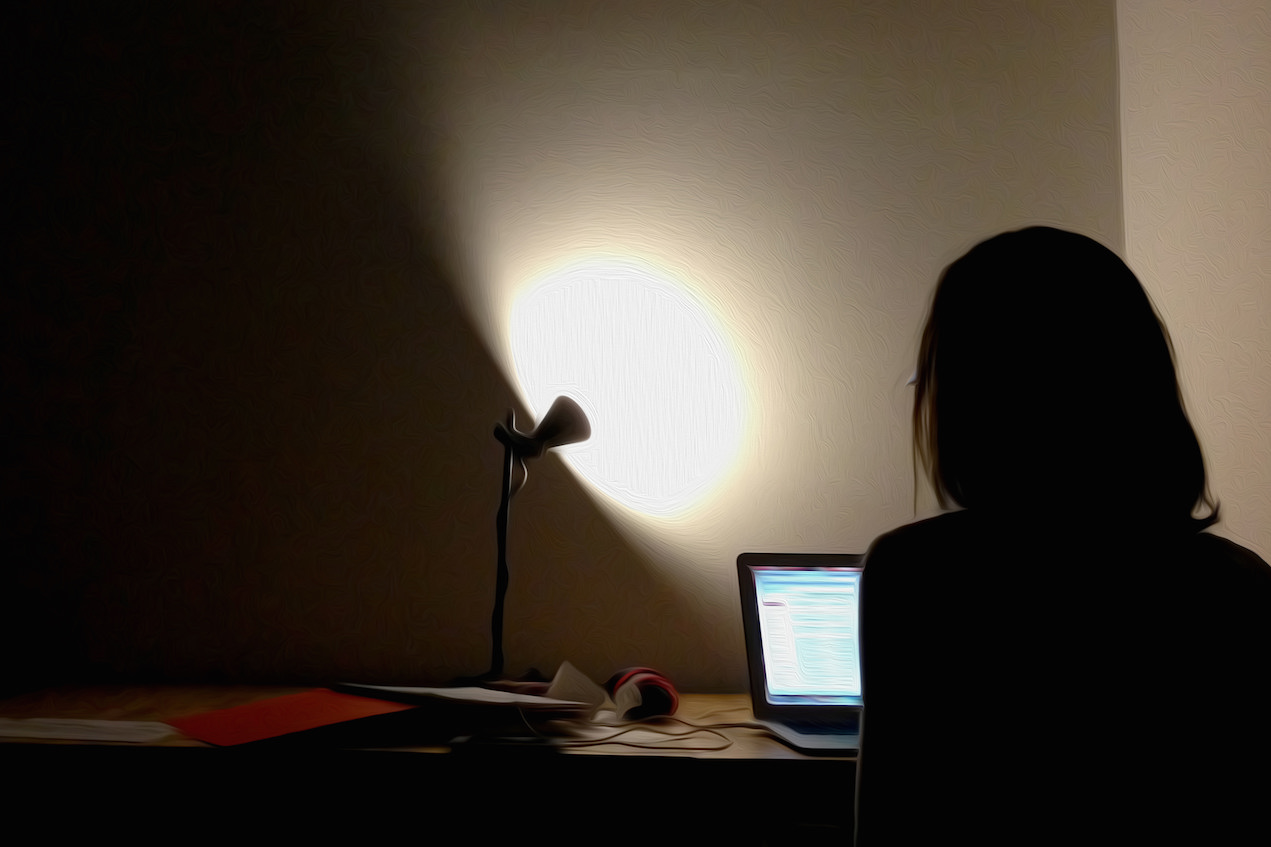International Women’s Day on March 8 brought to the forefront conversations that centre the unique challenges of women to access their full human rights — from the right to equal pay (e.g., the pay gap or uncompensated care work), to the right to move freely and unbothered in public space (e.g., gendered street and workplace harassment), to the right of equal treatment under the law (e.g., missing and murdered Indigenous women cases).
Since our organization deals with digital rights, we want to look at how the right of free expression is yet to be fully realized for women online. In 2016, the Minister of Status of Women in Canada recognized online and technology-facilitated violence as a specific form of gender-based violence — meaning that it was a form of violence that affected women and gender non-conforming individuals in a particular and disproportionate way. From online threats of harm and sexual assaults, to public shaming, to exposure of personal information, and hostility in public platforms, these forms of online violence are an obstacle for women to fully exercise their right to express themselves in the online platforms that have become a staple of our everyday lives.
Who is targeted? A Pew Research Center survey found that women aged 18-24 suffer from particularly severe forms of online harassment, with 25 per cent of the surveyed participants reporting having been the target of online sexual harassment (in contrast to 13 per cent of men) and 26 per cent reported having been stalked online (as opposed to seven per cent of men). Overall, while young men are slightly more likely to suffer from harassment online (likely due to the gender gap in internet usage), the types of abuse that women experience are reported to be more severe in impact.
The cost of this form of gendered online violence is huge. A 2015 report on the matter by the United Nation’s Broadband Commission, has called attention to the “chilling effect on free speech and advocacy” that stems from gender-based violence online. The high levels of impunity for these forms of online violence don’t help either. With online platforms increasingly being a site of public discourse in democratic societies, these obstacles silence and make invisible a key sector of society in the public sphere through either backlash or by incentivizing self-censoring to avoid abuse.
Online gendered violence, the UN report says, also fosters the gendered digital divide, warning that “complacency and failure to address and solve [violence against women online] could significantly impede the uptake of broadband by women everywhere.” This also means unequal access to digital economies, participation in democratic processes, creation and consumption of media, and other benefits that the internet and information and technology communications bring.
The internet reflects and amplifies the inequalities found offline, and while the government recognizing online gendered violence as an issue is an important step, it is clearly not enough. We need a cohesive and collective strategy to tackle this problem.
Know of any people or organizations addressing this issue? Let us know @OpenMediaOrg on Twitter or by emailing us at contact@openmedia.org.
Marianela Ramos Capelo is a graphic designer and part of the communications team at OpenMedia, a community-based organization that works to keep the Internet open, affordable, and surveillance-free.
Photo: Christopher Sessums/Flickr
Like this article? rabble is reader-supported journalism. Chip in to keep stories like these coming.




